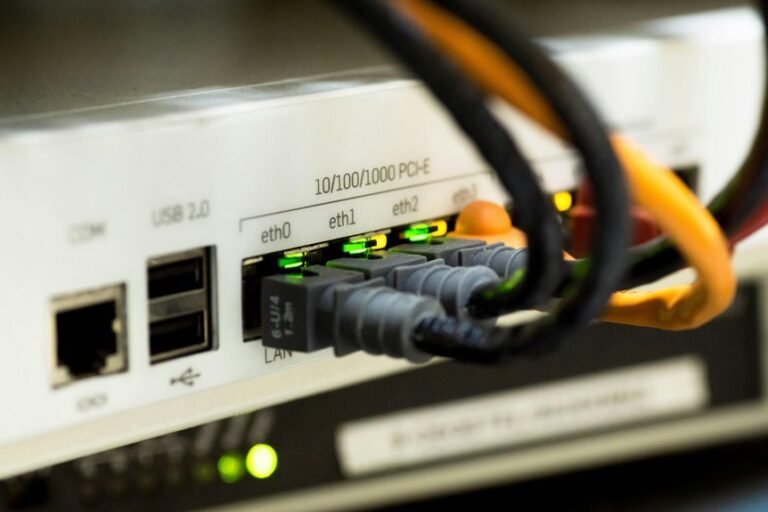Communication Audit & Quality Control Division 5034036122 9152424854 3612047924 8156615600 8175463930 3122754936
Did you know that organizations with effective communication are 50% more likely to have lower employee turnover? This statistic underscores the importance of a robust Communication Audit & Quality Control Division in any organization. By assessing and refining your communication processes, you can foster a culture of collaboration and engagement. But what specific steps can you take to maximize the impact of this division and ensure continuous improvement?
The Significance of Communication Audits
While you might think communication audits are just another task on your to-do list, they actually hold significant value for any organization.
These audits assess communication effectiveness, ensuring your message resonates with stakeholders. By identifying gaps and strengths, you enhance stakeholder engagement, fostering a culture of transparency and collaboration.
Embracing communication audits empowers you to create a more informed and connected organization.
Key Processes in Conducting a Communication Audit
To effectively conduct a communication audit, you need to follow a series of structured processes that uncover how well your organization communicates.
Start with stakeholder interviews to gather diverse perspectives.
Next, perform a messaging analysis to evaluate clarity and effectiveness.
These steps ensure you pinpoint strengths and weaknesses, ultimately guiding you toward a more liberated and impactful communication strategy.
Implementing Quality Control Measures
Implementing quality control measures is essential for ensuring consistent and effective communication within your organization.
Establish clear quality metrics to track performance and conduct regular process evaluations to identify areas for improvement.
Benefits of Engaging the Communication Audit & Quality Control Division
Engaging the Communication Audit & Quality Control Division brings a host of benefits that can elevate your organization’s communication strategy.
You’ll enhance stakeholder involvement, ensuring everyone’s voice is heard.
By focusing on performance metrics, you can measure success accurately, identify areas for improvement, and make informed decisions.
This proactive approach empowers your organization to communicate effectively and adapt to ever-changing needs.
Conclusion
In today’s fast-paced world, you can’t afford to overlook the power of effective communication. By engaging with the Communication Audit & Quality Control Division, you’re not just enhancing your messaging; you’re creating connections that resonate. Imagine a workplace where every voice is heard, and every message is clear. With the right audits and quality controls, you’ll foster a culture of collaboration that sparks innovation. Together, let’s build a stronger, more engaged organization—one conversation at a time.







